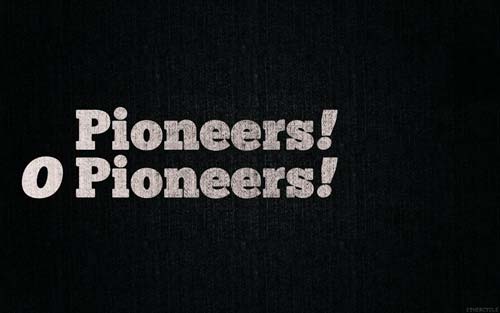When creating your first website, you shouldn't feel intimidated. You can get started on your own in one day for as little as ten dollars.
Let's walk through the steps to getting started for almost nothing.
Buy a Name
The first requirement is to buy a domain name (ex: YourBusinessName.com). Your domain name fee is a yearly subscription of around ten dollars per year. While we personally use Gandi, we recommend GoDaddy for beginners.
Get Hosted
Hosting is the act of storing a website's content on a computer connected to the internet. (No, hosting it at home is not a good idea, I promise.) While most small businesses who rely on their website pay $1,000 or more per year for hosting, you can pay as little as $50 annually with a discount host such as eNom, 1&1, or GoDaddy. Your host will provide you with instructions on connecting them to your domain name.
Build It
This is the hard part. Your options are to do it yourself or hire a professional. (*cough* ethercycle *cough*) If you choose to hire a professional, your initial investment will be larger but the results will be significantly better. If you choose to roll your own, our strongest recommendation is to use a Apple iWeb. If you're limited to Windows, the easiest alternative is Mozilla SeaMonkey. Once you outgrow your DIY website (or become frustrated managing it yourself) you can always hire a web designer to redesign it.
Getting Traffic
For people to be able to find your website, you need to be listed in search engines. The most direct way is to submit it to them. Start with Google. It may be several days before you see your site listed though our personal record is four hours. If you're having trouble getting listed, we have SEO packages that guarantee you'll be listed.
Tracking Success
Once your website is up, you'll want to track your visitors. The industry standard for doing this is Google Analytics. Follow its instructions to track your visitors and learn where they came from, what they viewed, and how long they viewed. Once you have a large enough sample size, you can use this information to effectively redesign your website.




